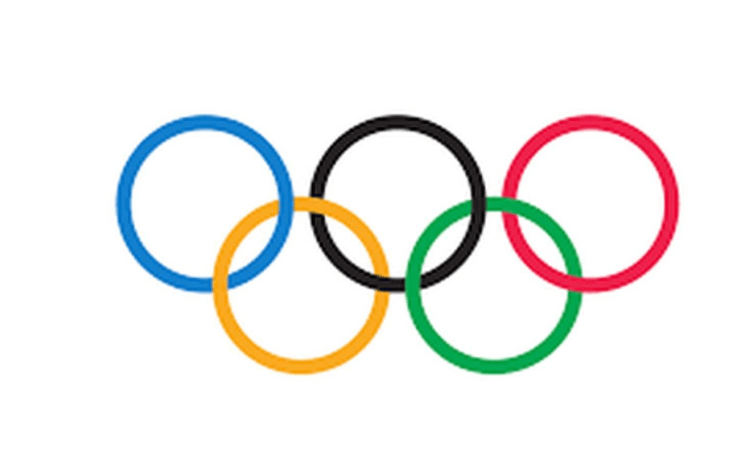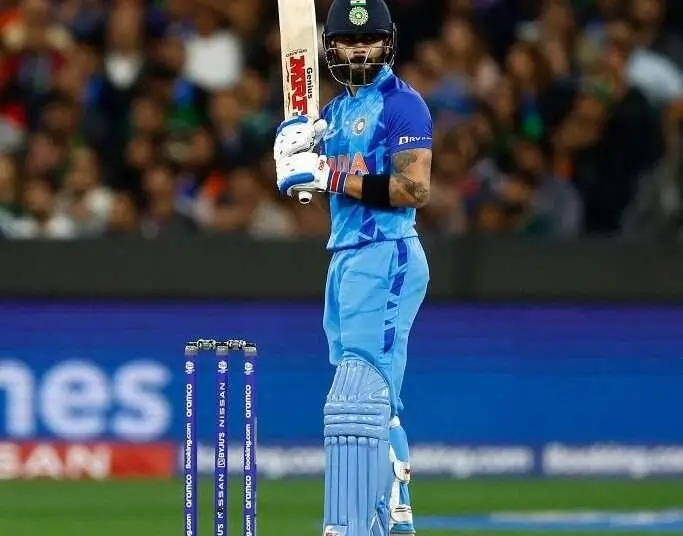Why Cricket is Not in the Olympics
Why Cricket is Not in the Olympics? Cricket is not currently included in the Olympic Games. There are several reasons why cricket is not part of the Olympic program:
- Limited global popularity: While cricket is immensely popular in countries like India, Pakistan, England, Australia, and South Africa, it is not widely played or followed in many other parts of the world. The International Olympic Committee (IOC) typically favors sports that have a broad global appeal and participation.
- Time duration: Cricket matches, especially in the traditional format known as Test cricket, can last up to five days. This extended duration makes it challenging to fit cricket into the tightly packed Olympic schedule, which aims to accommodate a wide range of sports in a limited timeframe.
- Lack of a standardized format: Cricket has several different formats, including Test matches, One Day Internationals (ODIs), and Twenty20 (T20) matches. The absence of a universally accepted format poses difficulties in determining which format should be included in the Olympics.
- Professional conflicts: The scheduling of the Olympic Games often clashes with the cricket calendar, which is packed with international tours, domestic leagues (such as the Indian Premier League), and other major cricket events. This creates conflicts for players, who may have to choose between representing their country in the Olympics or participating in other lucrative cricket tournaments
The Olympic Games: A Brief Overview
The Olympic Games, held every four years, bring together athletes from various countries to compete in a wide range of sports. The games symbolize unity, athleticism, and healthy competition on a global scale. However, the inclusion of sports in the Olympic program is subject to specific criteria and considerations.
Cricket: A Global Sport
Cricket is undoubtedly one of the most popular sports worldwide, with a massive fan base in countries such as India, England, Australia, Pakistan, and South Africa. It has a rich history, steeped in traditions and rivalries, making it an integral part of the cultural fabric in these nations.
The Absence of Cricket in the Olympics
Lack of Global Standardization
One of the primary reasons cricket is not included in the Olympics is the lack of global standardization in the sport. Unlike other Olympic disciplines with standardized rules and formats, cricket has various formats, including Test matches, One Day Internationals (ODIs), and Twenty20 (T20) cricket. This diversity poses challenges in terms of establishing a consistent format for Olympic competitions.
Lengthy Format and Scheduling Conflicts
Cricket, especially Test matches, can last up to five days, making it difficult to fit within the Olympic calendar, which typically spans a few weeks. The longer duration of the game and scheduling conflicts with other sports pose logistical challenges for hosting cricket matches during the Olympic Games.
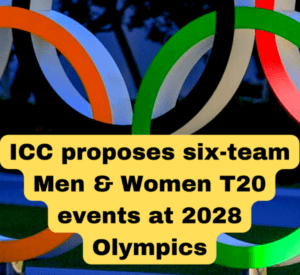
Limited Participation and Global Reach
Cricket’s popularity is concentrated in specific regions, primarily countries with a British colonial legacy. This limited participation hampers the sport’s global reach and potentially undermines its representation as a truly universal sport, which is a crucial aspect of the Olympic Games.
Geographical Imbalance and Dominance
A handful of countries, such as India, England, and Australia, dominate international cricket. This geographical imbalance could lead to concerns over the fairness and competitiveness of the Olympic cricket tournament. The International Olympic Committee (IOC) aims to ensure broad global participation and avoid monopolization by specific nations.
High Commercialization and Professional Leagues
Cricket has witnessed significant commercialization and the establishment of highly lucrative professional leagues, such as the Indian Premier League (IPL) and the Big Bash League (BBL). The financial interests and contractual obligations of players and teams in these leagues could clash with the Olympic Games’ regulations, further complicating cricket’s inclusion.
Political Interference and Conflicts
In some regions where cricket is popular, political interference and conflicts have marred the sport’s governance. The Olympic Games prioritize neutrality and the avoidance of political influence, making it challenging to navigate these complexities and ensure a fair and transparent Olympic cricket tournament.
If you want to know: Which Cricketer Has the Most Fans in the World
The Debate for Inclusion
Increasing Popularity and Globalization
Cricket’s popularity has been on the rise in recent years, with its fan base expanding beyond traditional cricket-playing nations. The sport’s globalization presents an opportunity for inclusion in the Olympics, as it can help attract a broader audience and showcase the diversity of cricketing talent from around the world.
Adaptation and Introduction of New Formats
To address the challenges associated with cricket’s inclusion, discussions have centered around adapting the sport to fit within the Olympic framework. The introduction of shorter formats like T20 cricket, which has gained immense popularity, could provide a viable solution for a time-constrained Olympic event.
Positive Impact on Cricket’s Growth
Incorporating cricket into the Olympic Games could have a transformative effect on the sport’s growth. It can attract more youth participation, stimulate grassroots development programs, and encourage investment in infrastructure and training facilities. Additionally, the Olympic platform would provide exposure to emerging cricketing nations, fostering a sense of competitiveness and aspiration.
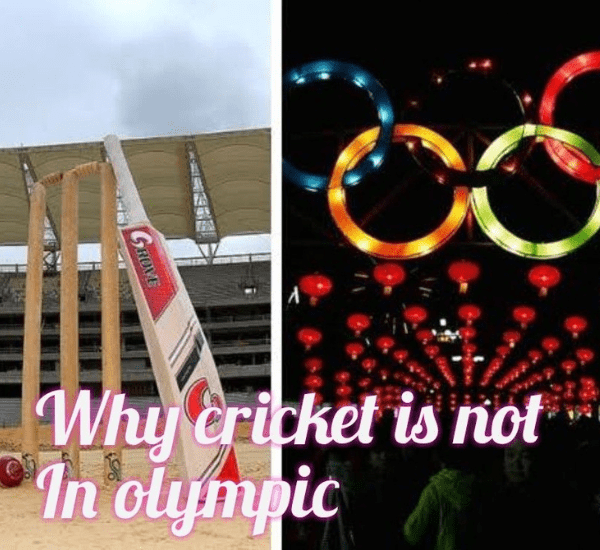
Challenges for Inclusion
Olympic Calendar Constraints
The Olympic calendar is packed with numerous sports, and accommodating cricket would require careful scheduling and logistical planning. Overcoming calendar constraints is a significant challenge that needs to be addressed to ensure a smooth integration of cricket into the Olympic program.
Adaptation of Cricket Formats
Cricket’s diverse formats would need to be streamlined and adapted to fit within the Olympic framework. This could involve designing a unique format that balances the need for competitiveness, entertainment, and spectator engagement within a shorter timeframe.
Accommodation of Professional Players
The participation of professional cricket players in the Olympics raises questions about their availability and commitment to the tournament. Coordination with cricket boards, leagues, and player associations would be essential to ensure the participation of top-quality talent in the Olympic cricket competition.
Ensuring Fairness and Global Representation
To avoid the dominance of specific nations and ensure fair competition, measures would need to be implemented to allow representation from cricketing regions worldwide. Creating qualification criteria and quotas that promote global participation would be vital in achieving an inclusive and competitive Olympic cricket event.
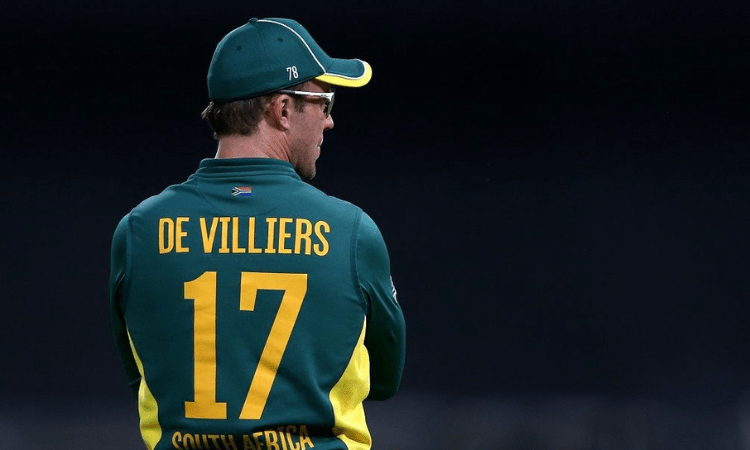
Opportunities for Inclusion
Enhanced Exposure and Global Reach
Being a part of the Olympic Games would provide cricket with unprecedented global exposure. The Olympics attract billions of viewers worldwide, offering an ideal platform to showcase the sport to new audiences and potentially expand its fan base.
Boosting Grassroots Development
The inclusion of cricket in the Olympics would create incentives for countries to invest in grassroots development programs. This would result in better infrastructure, training facilities, and coaching systems, ultimately nurturing talent from a young age and promoting the sport’s growth at the grassroots level.
Financial and Sponsorship Benefits
The Olympic Games attract significant sponsorship and media attention, which can translate into financial opportunities for cricket. Increased funding could be channeled into player development, infrastructure improvements, and the overall promotion of the sport.
Cultural Exchange and Diversity
The Olympic Games celebrate cultural diversity and unity. Cricket’s inclusion would facilitate cultural exchange among participating nations, fostering a sense of camaraderie and promoting mutual understanding through the sport.
If you want to know: Which Wood Is Used to Make a Cricket Bat
Conclusion
While cricket remains absent from the Olympic Games, the debate surrounding its inclusion continues. The challenges, such as standardization, scheduling conflicts, and limited participation, need to be addressed. However, the opportunities for cricket to gain global exposure, boost grassroots development, and experience financial benefits are enticing. With careful consideration and adaptation, cricket could find its place in the prestigious Olympic Games, captivating a worldwide audience and elevating the sport to new heights.
FAQs
1. Will cricket be included in future Olympic Games?
The inclusion of cricket in future Olympic Games is a possibility. While challenges exist, discussions and debates are ongoing, and cricket’s growing popularity and globalization provide opportunities for its inclusion.
2. Which countries dominate international cricket?
Countries such as India, England, Australia, Pakistan, and South Africa have traditionally dominated international cricket. However, efforts are being made to promote the sport globally and nurture talent from emerging cricketing nations.
3. How can cricket adapt to fit within the Olympic framework?
Cricket can adapt by introducing shorter formats like T20 cricket, which are more time-efficient and can accommodate the Olympic calendar. Streamlining rules and formats would be essential to ensure a balanced and competitive tournament.
4. What impact could cricket’s inclusion have on grassroots development?
Cricket’s inclusion in the Olympics could provide a boost to grassroots development programs. It would encourage investment in infrastructure, training facilities, and coaching systems, nurturing talent from a young age and fostering the sport’s growth.
5. What are the financial benefits of cricket’s inclusion in the Olympics?
Being a part of the Olympic Games would attract increased sponsorship and media attention, leading to financial opportunities for cricket. The additional funding could be utilized for player development, infrastructure improvements, and promoting the sport globally.


